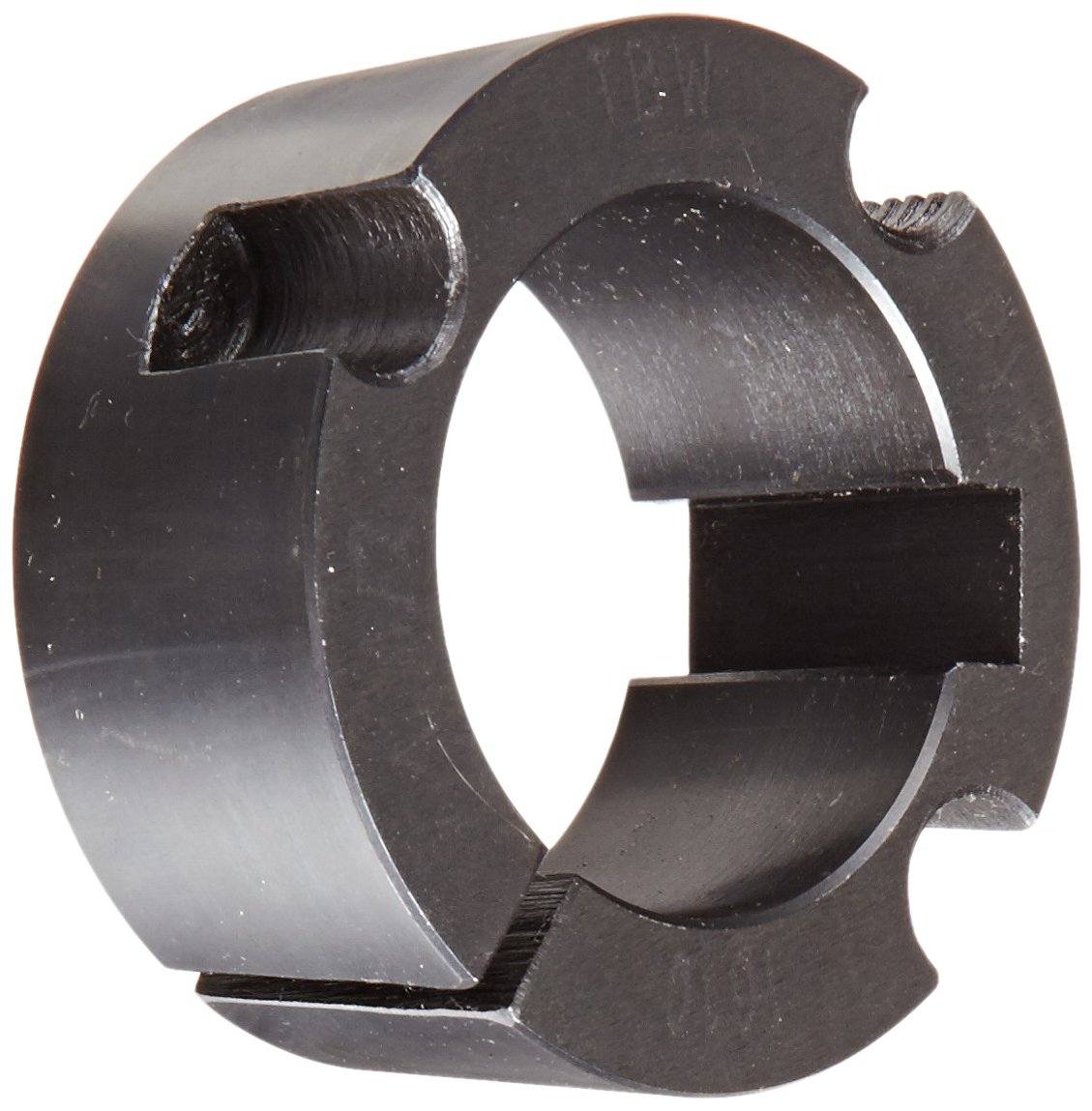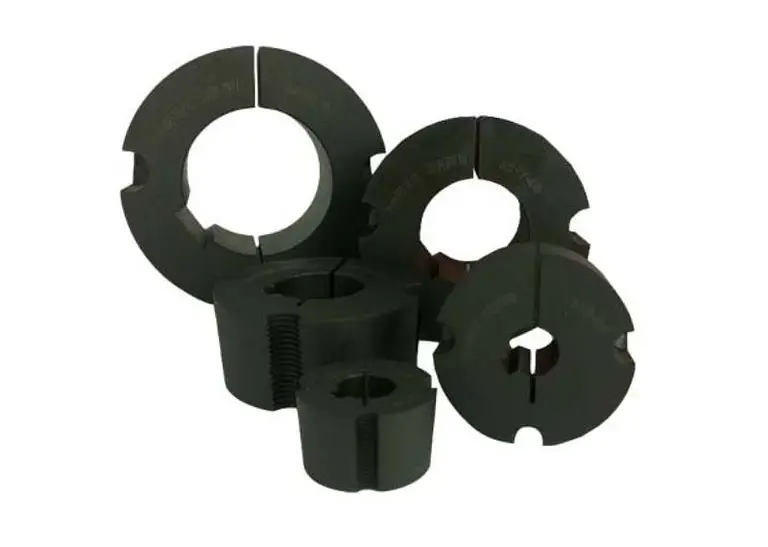
Are there specific guidelines for lubricating spline bushings, and what lubricants are recommended?
When it comes to lubricating spline bushings, there are indeed specific guidelines to follow to ensure optimal performance and longevity. Proper lubrication helps reduce friction, wear, and heat generation, enhancing the efficiency and reliability of the spline system. Here are some guidelines for lubricating spline bushings and the lubricants commonly recommended:
1. Choose the Right Lubricant:
- Selecting the appropriate lubricant is crucial for effective spline bushing lubrication. The choice of lubricant depends on various factors, including the application requirements, operating conditions, and the material of the bushings and mating components.
- Commonly recommended lubricants for spline bushings include:
- Grease: Grease is a popular choice for spline bushings due to its ability to stay in place and provide long-lasting lubrication. Lithium-based or synthetic greases with additives for extreme pressure and anti-wear properties are often used.
- Oil: Oil lubrication can be suitable for certain applications where continuous replenishment of lubricant is feasible. Oils with appropriate viscosity and additives for anti-wear and corrosion protection are typically used.
2. Follow Manufacturer Recommendations:
- Consult the manufacturer's guidelines and recommendations for lubricating their specific spline bushings. Manufacturers often provide detailed instructions regarding the type of lubricant, lubrication intervals, and application methods.
- Follow the manufacturer's recommendations to ensure optimal performance and to avoid potential issues such as over-lubrication or using incompatible lubricants.
3. Determine the Lubrication Method:
- Consider the lubrication method that is most suitable for your spline bushings and the specific application. The lubrication method can vary based on factors such as accessibility, operating conditions, and the desired lubricant distribution.
- Some common methods for lubricating spline bushings include:
- Manual Lubrication: This involves manually applying the lubricant directly to the bushings at specified intervals. It can be suitable for applications with infrequent maintenance requirements.
- Automatic Lubrication: Automatic lubrication systems, such as centralized lubrication systems or oil mist systems, can be used to ensure continuous and controlled lubrication of the spline bushings.
4. Monitor and Reapply Lubricant:
- Regularly monitor the condition of the lubricant and the performance of the spline bushings. Check for signs of inadequate lubrication, excessive wear, or contamination.
- If necessary, reapply lubricant or adjust the lubrication frequency based on the operating conditions and the manufacturer's recommendations.
5. Clean and Remove Contaminants:
- Before lubricating spline bushings, ensure that the surfaces are clean and free from contaminants such as dirt, dust, or old lubricant residues. Contaminants can affect the lubricant's performance and contribute to premature wear.
- Use appropriate cleaning methods, such as solvent cleaning or wiping with lint-free cloths, to remove contaminants before applying fresh lubricant.
By following these guidelines, you can ensure effective lubrication of spline bushings and promote their optimal performance, reducing friction, wear, and maintenance needs in your spline system.

What are the steps for retrofitting machinery with spline bushings for improved performance?
Retrofitting machinery with spline bushings can be a beneficial upgrade to improve performance, reduce wear, and enhance motion control. Here are the steps involved in retrofitting machinery with spline bushings:
1. Evaluate the Existing Machinery:
- Begin by assessing the current machinery and its components. Identify the areas where spline bushings can be incorporated to improve performance and motion control.
- Evaluate the specific requirements of the machinery, such as load capacity, operating conditions, and the type of motion involved. This evaluation will help determine the appropriate type and size of spline bushings needed for the retrofit.
2. Select the Suitable Spline Bushings:
- Based on the evaluation of the machinery, select the spline bushings that are most suitable for the retrofit. Consider factors such as load capacity, operating speeds, environmental conditions, and compatibility with existing components.
- Consult with manufacturers, suppliers, or engineers who specialize in power transmission components to ensure that the selected spline bushings meet the specific requirements of the machinery and the desired performance improvements.
3. Prepare the Machinery:
- Before installing the spline bushings, prepare the machinery by ensuring it is clean and free from any debris or contaminants. Remove any existing components or parts that need to be replaced with the spline bushings.
- Inspect the mating components, such as shafts, gears, or couplings, and ensure they are in good condition. If necessary, clean or repair these components before proceeding with the retrofit.
4. Install the Spline Bushings:
- Follow the manufacturer's instructions and guidelines for installing the spline bushings. This may involve specific procedures or techniques depending on the type and design of the bushings.
- Ensure that the spline bushings are properly aligned and securely fastened to the machinery. Use appropriate tools and techniques to achieve the recommended torque or preload, if applicable.
- Take care to avoid damaging the bushings or the mating components during the installation process. Follow any recommended lubrication or sealing procedures specified by the manufacturer.
5. Test and Fine-tune:
- After the spline bushings are installed, conduct thorough testing to verify their performance and functionality. Check for any unusual noise, vibrations, or irregularities in the motion control of the machinery.
- Fine-tune the machinery as needed to optimize the performance of the newly retrofitted components. This may involve adjusting alignment, preload, or other parameters to ensure smooth operation and improved performance.
6. Monitor and Maintain:
- Once the retrofit is complete, establish a regular monitoring and maintenance routine for the machinery and the spline bushings. Follow the manufacturer's recommendations for lubrication, inspection, and maintenance intervals.
- Monitor the performance of the machinery over time and address any issues or signs of wear promptly. Regular maintenance and timely replacement of worn or damaged spline bushings will help maintain the improved performance and prolong the life of the retrofit.
By following these steps, you can successfully retrofit machinery with spline bushings for improved performance and enhanced motion control. It's important to consult with experts or professionals when needed and ensure that all safety precautions are taken during the retrofitting process.

Can I get recommendations for spline bushings with high torque capacity for heavy-duty applications?
If you are looking for spline bushings with high torque capacity for heavy-duty applications, here are some recommendations:
1. Hardened Steel Spline Bushings:
- Hardened steel spline bushings are known for their excellent strength and durability. They can handle high torque loads and are suitable for heavy-duty applications that require robust power transmission.
- Look for spline bushings made from materials such as alloy steel or tool steel, which have high tensile strength and resistance to wear and fatigue. These bushings can withstand demanding operating conditions and provide long-lasting performance.
2. Bronze or Brass Spline Bushings:
- Bronze or brass spline bushings are another option for high torque capacity in heavy-duty applications. These materials offer good wear resistance, high load-bearing capabilities, and effective heat dissipation.
- Consider using bronze or brass spline bushings in applications where there may be high shock loads, vibrations, or abrasive conditions. They are commonly used in industries such as construction, mining, and agriculture.
3. Composite or Polymer Spline Bushings:
- Composite or polymer spline bushings can provide high torque capacity while offering additional advantages such as lightweight, corrosion resistance, and self-lubrication properties.
- Look for composite materials like nylon, PTFE (polytetrafluoroethylene), or other engineering plastics that have high mechanical strength and low friction characteristics. These bushings are commonly used in industries such as automotive, aerospace, and marine.
4. Customized Spline Bushings:
- In some cases, heavy-duty applications may require customized spline bushings to meet specific torque capacity requirements. Working with manufacturers or specialty suppliers who can provide custom solutions is advisable.
- Provide detailed information about your application, including the torque load, operating conditions, and any specific design considerations. Customized spline bushings can be engineered to match the exact requirements of your heavy-duty application.
5. Consult with Industry Experts:
- It's always beneficial to consult with industry experts, engineers, or suppliers who specialize in power transmission components. They can provide recommendations based on their experience and knowledge of heavy-duty applications.
- Share the specific requirements of your application, including the torque capacity, operating parameters, and any other relevant factors. Experts can suggest suitable spline bushing options or provide guidance on material selection and design considerations.
When selecting spline bushings for high torque capacity in heavy-duty applications, consider factors such as the load requirements, operating speed, environmental conditions, and the compatibility with other components in the power transmission system.
Remember to follow manufacturer guidelines, installation instructions, and maintenance recommendations to ensure optimal performance and longevity of the spline bushings in your heavy-duty application.


editor by CX 2024-04-17